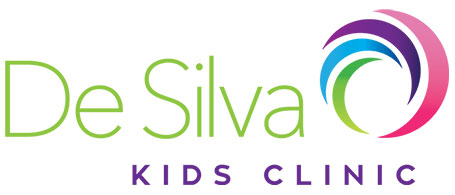Learning Through Reinforcement: Operant Conditioning
What is Reinforcement?
- Reinforcement is the consequence or feedback given to a child following their behaviour or response.
- It is given following a correct or desirable response
Types of Reinforcement
- POSITIVE REINFORCEMENT: The addition of something pleasant. Examples: toys, food, social praise, sensory feedback
- NEGATIVE REINFORCEMENT: The removal of something unpleasant. Examples: finishing work, going on a break, turning off a loud sound
- Both Positive and Negative Reinforcement INCREASE the likelihood of a behaviour occurring again in the future and creates desire and motivation to learn
Punishment
- The removal of something pleasant (e.g., taking away a toy, turning off the TV, etc.) or the addition of something unpleasant (e.g., more work, clean up, etc.)
- Punishment is NOT reinforcement
- In theory, punishment is designed to DECREASE the likelihood of a behaviour occurring again in the future.
- NOTE: The effects of punishment are often short term
Reinforcement should be:
- Contingent on the child’s behaviour/response. Example: If a child says “ball” they should receive the ball as reinforcement, not something unrelated such as tickles or a high 5
- Immediately following a child’s behaviour/response. Do not allow a delay
- Consistent. All those working with the child should be reinforcing the child the same way, and for the same behaviours. Reinforcement needs to be extremely frequent when teaching a new skill
- Graded. Reinforcement should be dependent on the QUALITY of a child’s response. Higher reinforcement should be reserved for highly desirable responses/behaviour. Remember to reinforce attempts also to maintain the child’s motivation.


